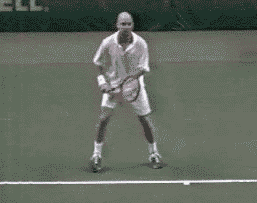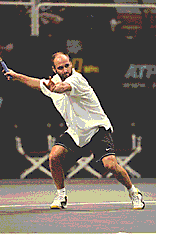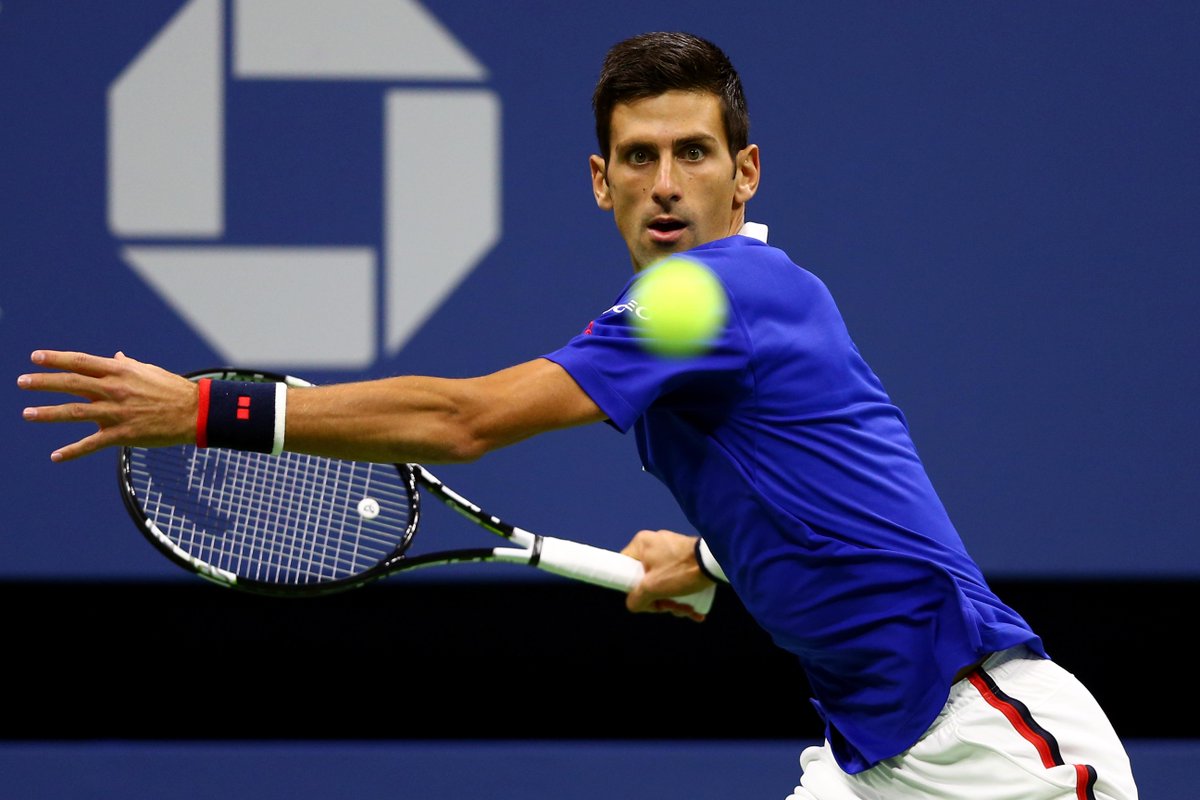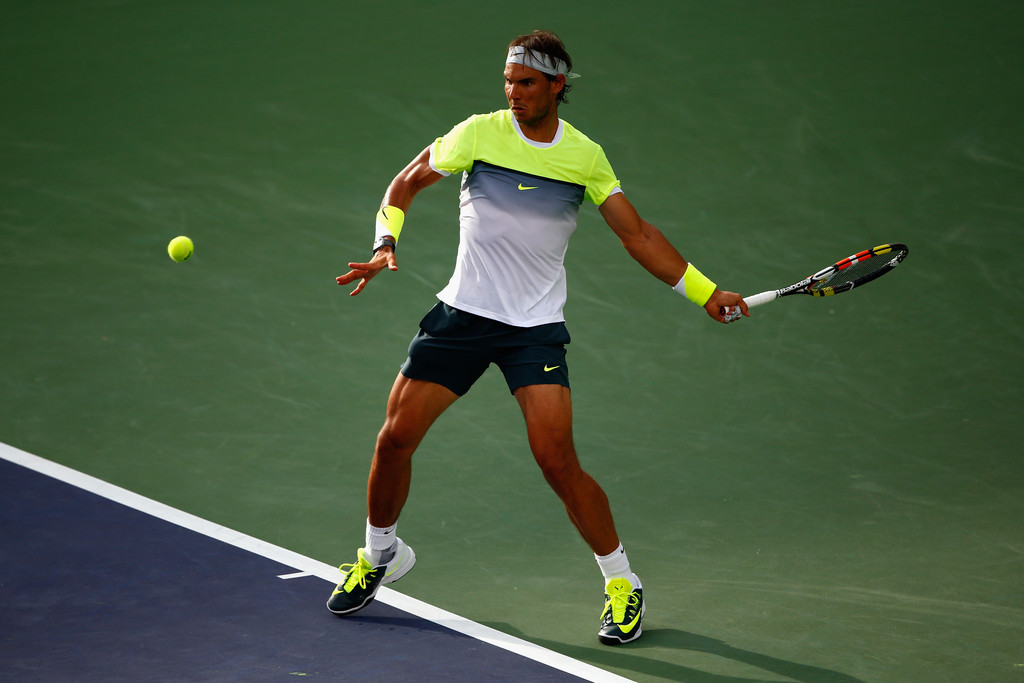@S&V-not_dead_yet
The so called “WTA forehand” is when a player on their full backswing causes the tip of their racquet to break the plane or their body. Ie the racquet tip crosses to the left side of the body when the race it is behind them (for right handlers).
So called ATP forehand is when the whole racquet remains on the forehand side. At the very most the racquet might reach closer to the plane (eg djokovic).
So essentially it’s just a comparatively more compact swing path with a more explosive and whippy army action.
But as I’ve pointed outin another thread, you can get a MONSTER forehand even with a longer WTA style forehand. Go watch some YouTube videos of Fernando Gonzales who IMO has an even better forehand than Federer.
I do recommend against the compact stroke as intermediate and even some advanced rec players do struggle with swinging smoothly and are too jerky. A compact explosive stroke will make it even worse and usually lead to arming the ball for most rec players. Have a look at your local courts and you’ll see what I mean. Much better to shoot for a nice long smooth swing that you can consistently time well to hit different shots with different bounces and spins at different parts of the court.
If the tip of the racket is just starting to pierce the coronal plane, I would still consider this a fairly compact takeback. Now, when most the racket head breaks that plane on the takeback, then I might agree with you.
I've taught a fairly compact swing to novices (mostly advanced beginners) as well as intermediate players -- both male and female. Younger players do tend to need a bit more takeback, particularly young girls. But, even then, the racket head does not go much past the C plane. No huge loops and no extreme backswings like Naomi or Sloane. The 12/13 yo girls I had coached did not have much more than (the tip or) half the racket head breaking the C place. Many were even more compact than this.
The more compact TB is more efficient and much more suitable for dealing with deep balls or fast and coming balls. At intermediate levels, even a medium-fast ball might be quite challenging. The incoming fall does not have to be at pro speeds for an int player to benefit from a fairly compact TB.
The compact TB allows players to take more balls on the rise rather than letting high balls push them way back behind the BL. Players with a large loop or an excessive TB tend to hang way back and play a very defensive game much of the time.
I do not disagree at all that one can hit a MONSTER Fh with a WTA TB. The problem is dealing with the depth or speed of incoming balls. Or having to play a more defensive game, counter-puncher game like Halep often does. (Admittedly Simona can play an baseliner aggressive and can move in offensively at times).
Don't think that I'd rate the Fh of Fernando Gonzales as better than that of RF. The Fh of FG is/was, no doubt, outstanding = truly amazing. The power / speed that he could generate was out of this world. But peak RF was quite powerful as well. Most tennis experts / analysts tend to put FG squarely in the top five, sometimes as high as #3 for top FHs OAT.
However, Roger is usually regarded as having the top Fh (and no lower than #2) OAT. He beats out FG with the precision of his shots and edges him out on most other parameters. He has often been able to hit ridiculous angles that other only can do occasionally. He's a tad bit more successful with passing shots than FG (who is no slouch himself in this respect). If peak FG had a little bit more power than peak RF, then Roger more than makes up for it in other categories. For precision, technique / style and most other metrics, I've got to give it to Roger.







